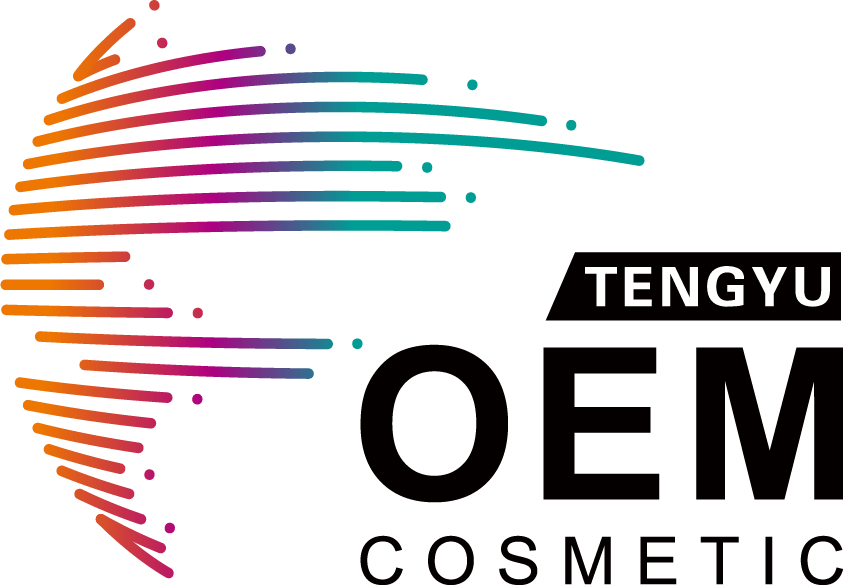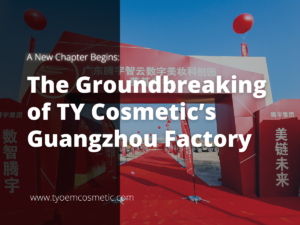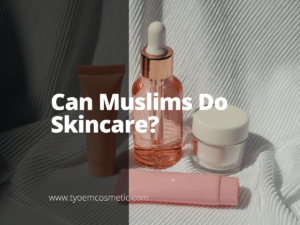Have you ever wondered why FDA sunscreen rules are so important? These rules are key to making safe and effective skincare products.
With years of expertise in cosmetic regulations and a deep understanding of FDA guidelines, this article offers an authoritative perspective on navigating these complex regulations.
In today’s competitive market, understanding and implementing FDA sunscreen regulations is more than a legal necessity; it’s a vital factor in distinguishing your brand for quality and safety.
This guide will provide a thorough breakdown of the current FDA sunscreen regulations, offering clarity on how they impact your products and what steps are necessary for compliance.
Read on to master these essential guidelines.
1. The Basics of Sunscreen
Sunscreen, a vital component in skincare, serves as a protective shield against harmful UV rays. It primarily comprises two types of active ingredients: chemical absorbers like oxybenzone and avobenzone, which absorb UV radiation and convert it into heat, and physical blockers such as zinc oxide and titanium dioxide, which reflect UV rays away from the skin.
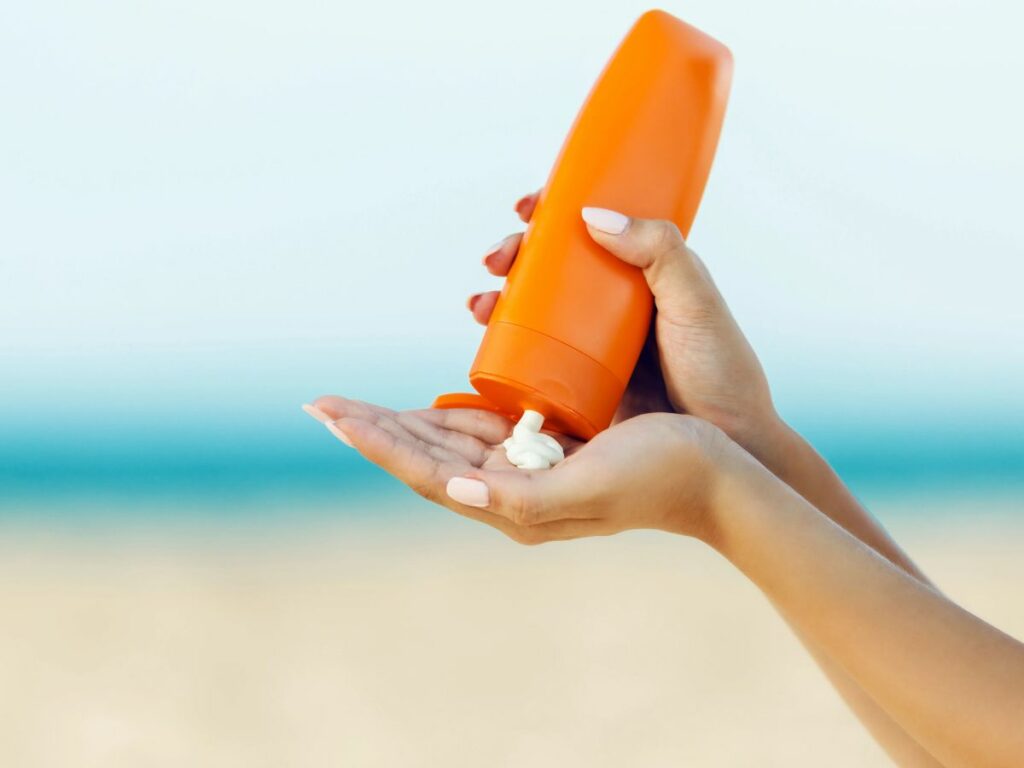
The effectiveness of sunscreen is also indicated by its Sun Protection Factor (SPF), which measures the level of protection against UVB rays known for causing sunburn and contributing to skin cancer. Understanding SPF levels is key in selecting the right protection against harmful UV rays. Higher SPF sunscreens offer more protection, SPF 30 blocks about 97% and SPF 50 about 98% of UVB rays.
2. FDA Regulations Explained
The Food and Drug Administration (FDA) plays a vital role in regulating sunscreen products to ensure they are safe and effective for public use. The FDA’s stringent regulations are a cornerstone in maintaining sunscreen quality and consumer safety. The FDA classifies sunscreens as over-the-counter (OTC) drugs, which means they must adhere to specific regulations regarding their ingredients, labeling, and marketing claims.
One of the key requirements is that sunscreens must be tested for their Sun Protection Factor (SPF) and broad-spectrum protection. The FDA also mandates that all sunscreens must undergo rigorous testing to verify these claims before they can be marketed. Additionally, the FDA sets guidelines on the labeling of sunscreen products. This includes usage directions, skin cancer warnings, and water resistance information.
3. Key FDA Regulations for Sunscreen Products
With a basic understanding of FDA regulations established, the subsequent discussion will concentrate on the key regulations for sunscreen products set by the FDA. Here are the main points to keep in mind:
SPF Labeling and Testing Requirements
The FDA requires that all sunscreens undergo rigorous testing to determine their Sun Protection Factor (SPF). This SPF rating, which must be clearly labeled on the product, indicates the level of protection the sunscreen offers against UVB rays. The testing process ensures that the SPF claim is accurate and reliable. The FDA requires sunscreens to pass a test showing they protect against both UVA and UVB rays.
Water Resistance Claims
Sunscreens that claim to be water-resistant must adhere to FDA guidelines for testing and labeling. This rigorous testing ensures reliable protection during water activities. These products are tested to determine how long they maintain their SPF protection while the user is swimming or sweating. Based on the results, products can be labeled as either “Water-Resistant (40 minutes)” or “Water-Resistant (80 minutes).”
Ingredients and Safety Standards
The FDA also regulates the ingredients used in sunscreen formulations. Each active ingredient must be approved and deemed safe for use. For example, ingredients like zinc oxide and avobenzone are commonly used because they have been extensively studied and approved by the FDA for their safety and effectiveness in protecting the skin from UV rays.
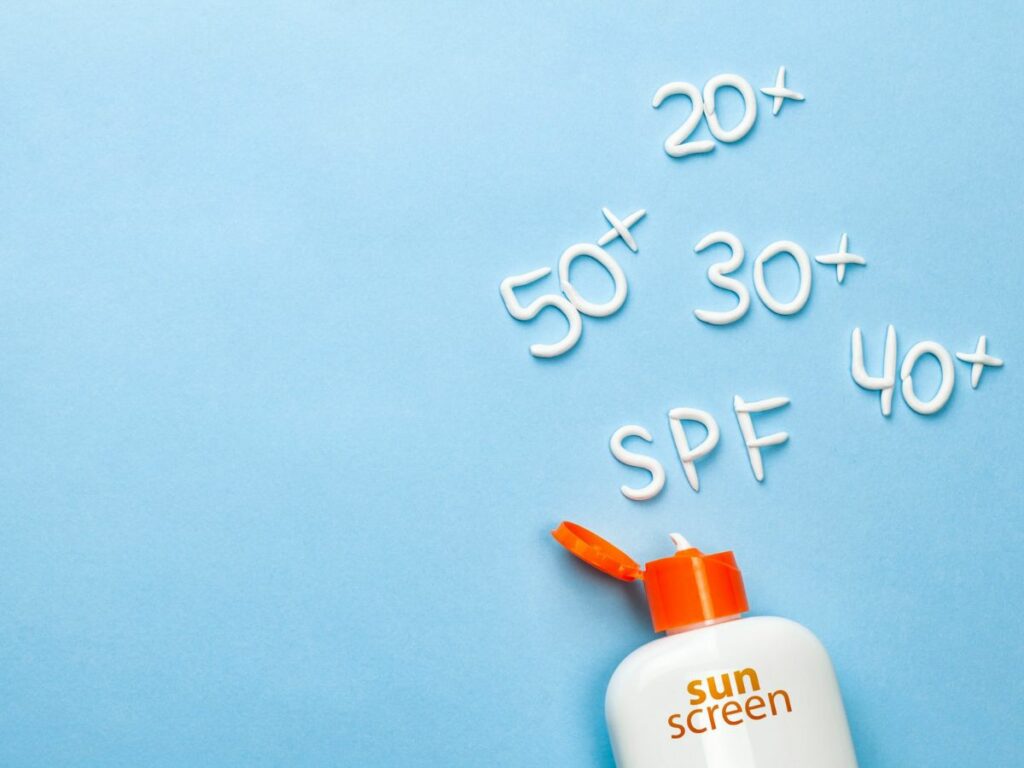
4. The Importance of FDA Compliance
Having explored the key FDA regulations for sunscreen products, the next focus will be on the significance of adhering to these regulations for ensuring product safety and reliability. Here are some factors to look at:
Ensuring Product Safety
One of the primary reasons for FDA compliance is to guarantee the safety of sunscreen products. The FDA’s rigorous testing standards for SPF and broad-spectrum protection ensure that products on the market provide effective protection against harmful UV rays. This compliance protects consumers from potential skin damage and health risks associated with inadequate sun protection.
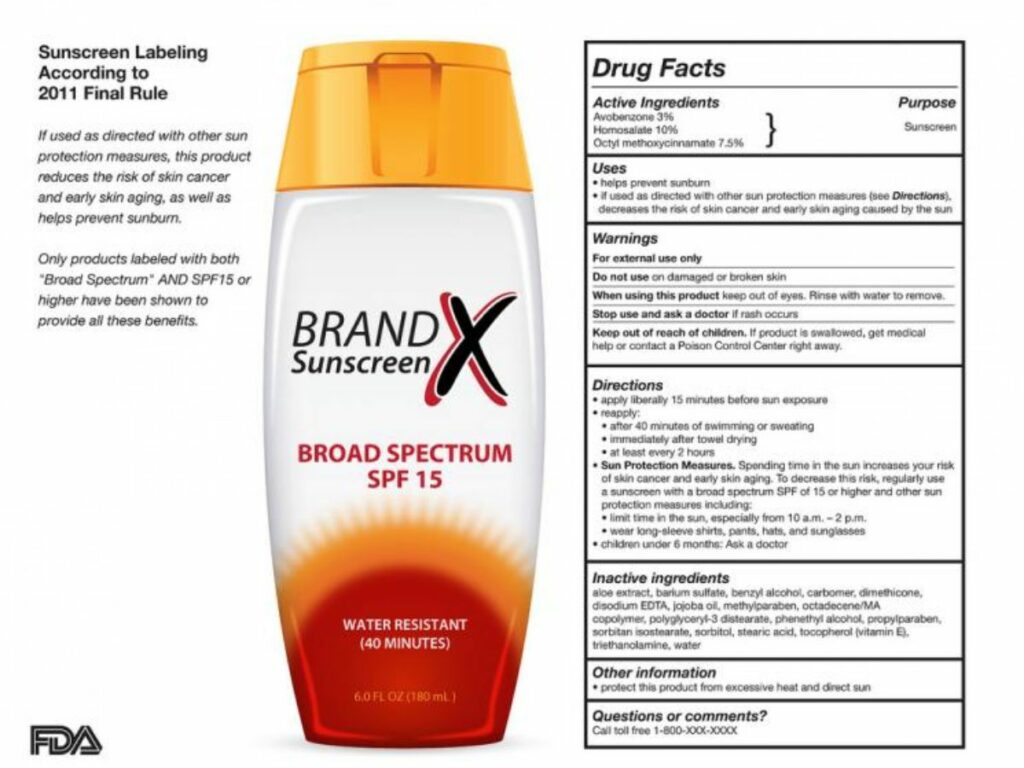
Building Consumer Trust
Compliance with FDA regulations plays a significant role in building and maintaining consumer trust. When customers know that a brand’s products meet safety standards, they are more likely to feel confident in their purchases. This trust is really important in the skincare market, where there are so many options for customers to choose from.

Enhancing Brand Integrity
Compliance with these regulations is a clear indication of a brand’s dedication to excellence. This adherence reflects a brand’s integrity and commitment to customer well-being. It shows that the company values its customers and is committed to providing high-quality, safe products. This commitment can significantly enhance a brand’s reputation, making it more attractive to both new and existing customers.
5. Common Ingredients in FDA-Approved Sunscreens
Following the discussion on the importance of FDA compliance, the next area of exploration will be the ingredients commonly found in FDA-approved sunscreens. So, let’s take a look at these ingredients:
- Zinc Oxide: This mineral ingredient is widely used for its ability to block both UVA and UVB rays effectively. It’s a physical blocker that sits on the skin’s surface and reflects sunlight, making it a popular choice for sensitive skin formulations.
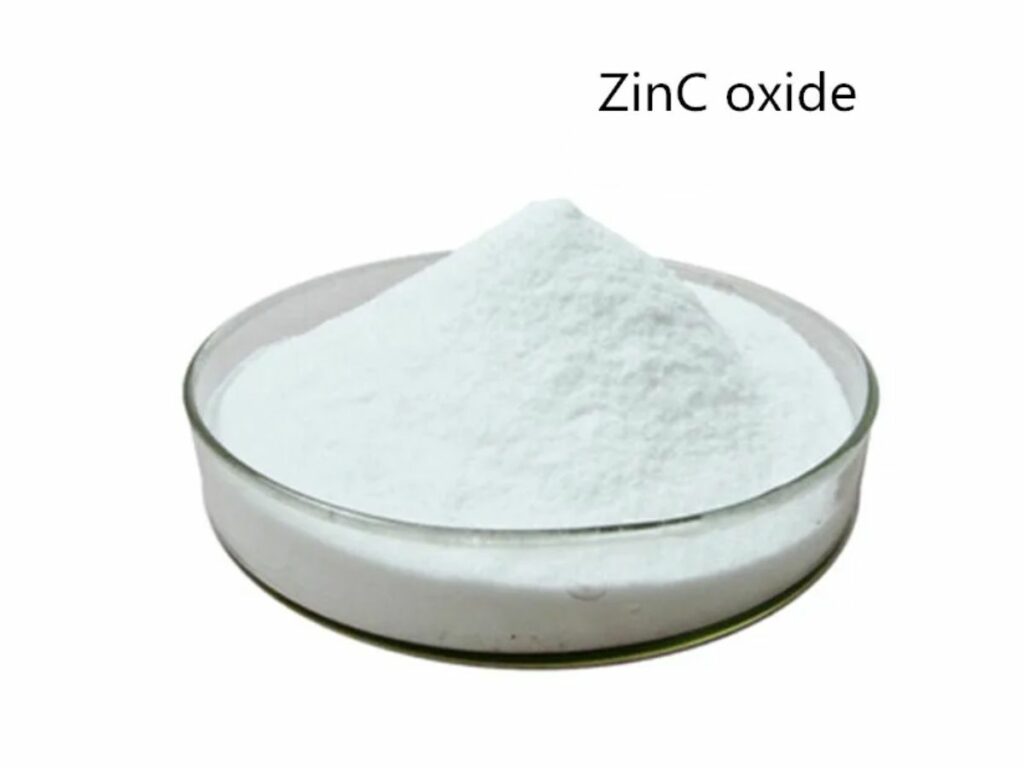
- Avobenzone: A chemical absorber, avobenzone is known for its ability to absorb the full range of UVA rays, helping prevent deeper skin damage. It’s commonly used in combination with other ingredients to ensure broad-spectrum protection.
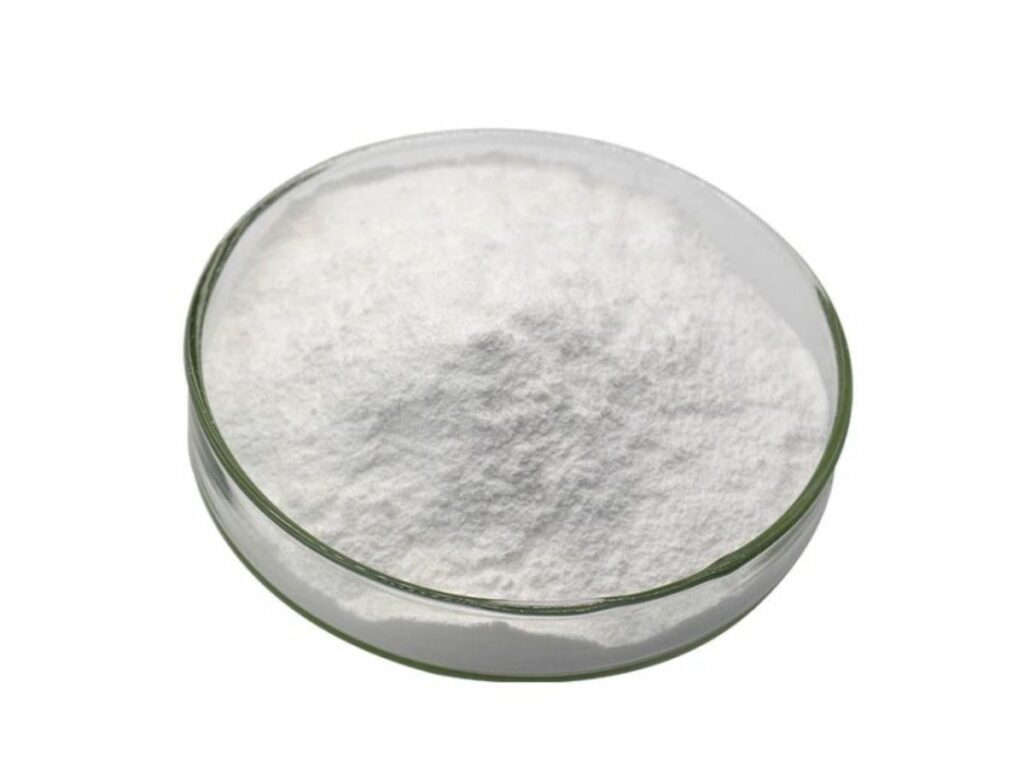
- Titanium Dioxide: Similar to zinc oxide, titanium dioxide is another physical blocker that reflects UV rays away from the skin. Its use of sunscreens is especially beneficial for sensitive skin and sunburn-prone areas. It’s often used in sunscreens designed for sensitive skin or for areas more prone to sunburn.
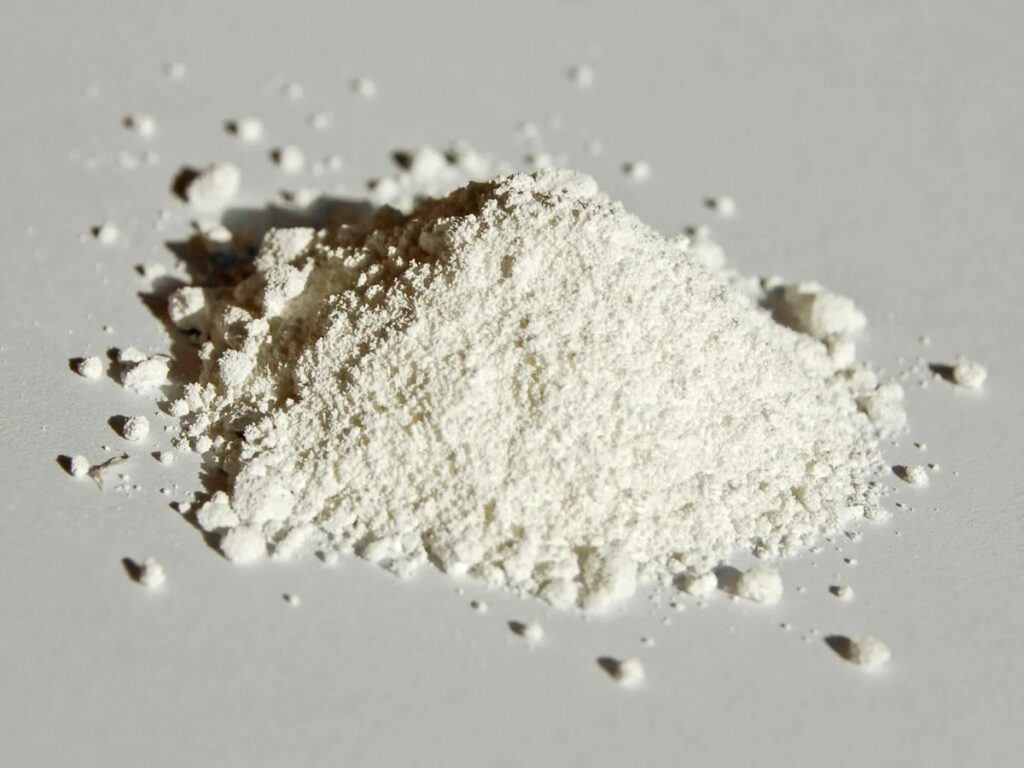
- Oxybenzone: Known for absorbing UVB and some UVA rays, oxybenzone is a common ingredient in many sunscreen. It’s effectiveness in formulations is balanced with ongoing research and regulatory compliance.
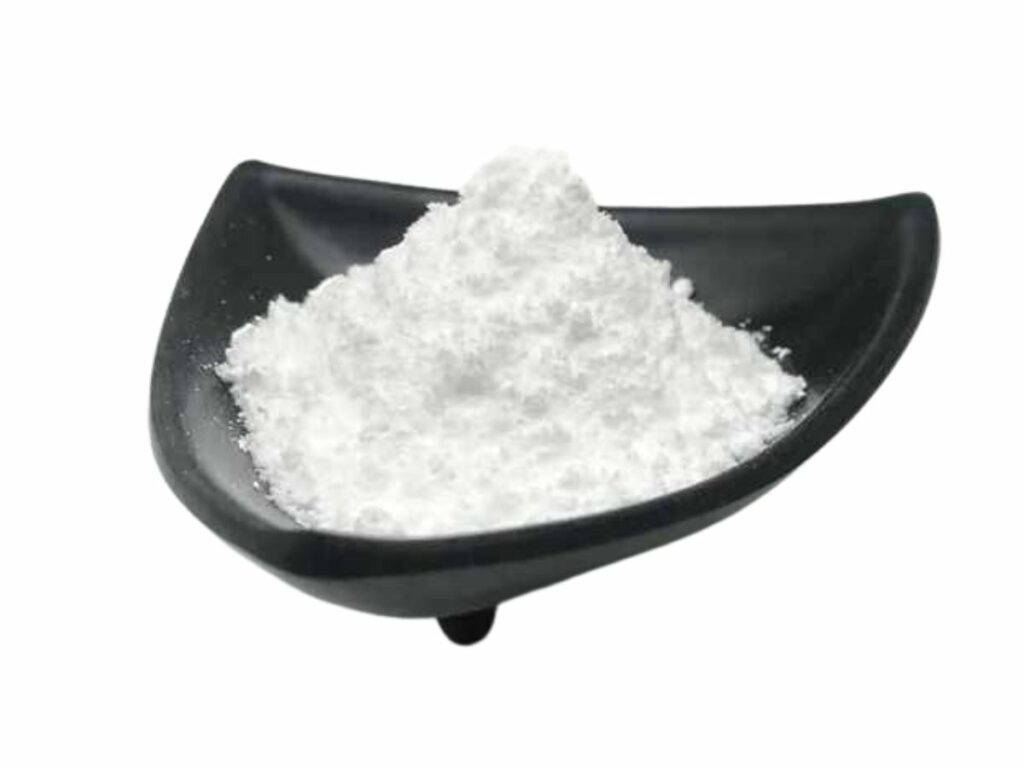
- Octinoxate: This ingredient is effective at absorbing UVB rays, helping to achieve high SPF levels. In TY Cosmetic’s products, octinoxate is often blended with other UV filters to enhance sun protection.
6. Step-by-Step Guide to the Approval Process
After delving into the ingredients typically found in FDA-approved sunscreens, the discussion will shift to a detailed guide on the process for approving these products. Here are the key processes involved:
Step #1 Initial Research and Development
In this initial step, it involves conceptualizing the product, selecting safe and effective ingredients, and conducting preliminary safety and efficacy tests.
- Ingredient Selection: Begin by choosing FDA-approved ingredients like zinc oxide or avobenzone for sunscreens ensures effective UV protection. Incorporating skin-friendly elements enhances sunscreen effectiveness and overall appeal. Adding skin-friendly elements can also enhance the product’s benefits.
- Formulation Testing: Next, initial lab tests are important to assess sunscreen efficacy, including SPF rating and broad-spectrum coverage. Additional tests for water resistance and stability in various conditions are also crucial.
- Safety Evaluations: Lastly, conduct comprehensive safety assessments confirms the non-toxic and hypoallergenic nature of the product, minimizing skin irritation risks and ensuring suitability for different skin types. Compliance with dermatological standards is essential for sensitive skin.
Step #2 Regulatory Compliance and Documentation
For this step, the product undergoes detailed testing to meet FDA requirements and all relevant documentation is compiled for submission.
- Ensuring SPF Accuracy: First, validating the SPF rating through rigorous testing according to FDA guidelines is essential, and this includes repeated tests under varying conditions to guarantee consistency.
- Broad-Spectrum Testing: Once validation done, conduct tests to confirm the product’s protection against both UVA and UVB rays. Ensuring a balanced defense against different forms of sun damage.
- Compiling Documentation: Then, gather all test results, safety assessments, and formulation details into a comprehensive dossier is crucial for FDA review, and this should also include detailed records of ingredient sourcing and manufacturing processes.

Step #3 Submission and FDA Review
The final step is submitting the complete product dossier to the FDA for review and responding to any subsequent feedback or inquiries.
- Submitting to the FDA: Firstly, present the complete product dossier, which includes tests and product information, to the FDA is a critical step, and this submission should be organized to facilitate easy review and evaluation.
- Awaiting FDA Review: During the FDA review, the submission is thoroughly assessed for safety, efficacy, and labeling compliance, a process that ensures all regulatory standards are met.
- Responding to Feedback: Finally, addressing any FDA queries or requirements promptly and accurately is key to finalizing the approval process, ensuring that all concerns are resolved and compliance is achieved.
7. Recent Changes and Updates to FDA Guidelines
Having outlined the step-by-step guide to the approval process, now will highlight recent FDA guideline updates and their impact on current procedures. Here are some specific areas to focus on:
Updated Broad-Spectrum Requirements
The FDA has recently heightened the requirements for broad-spectrum protection in sunscreens. This change emphasizes the importance of providing balanced protection against both UVA and UVB rays, rather than focusing predominantly on UVB protection. The updated guidelines require more rigorous testing to verify broad-spectrum claims, ensuring that sunscreens offer comprehensive protection.
Revised SPF Labeling
The FDA has implemented changes in the way SPF levels are labeled, aiming to make them more understandable and transparent for consumers. These updates include clearer guidelines on how SPF values are determined and communicated on product labels, making it easier for consumers to make informed choices about their sunscreen.
Enhanced Safety Testing
The FDA has introduced more stringent safety testing for sunscreen ingredients, focusing on long-term health effects and environmental impact. This move marks a significant step towards responsible and environmentally aware skincare. The updated regulations require comprehensive testing of ingredients, including their potential effects on coral reefs and marine life, leading to a shift towards more eco-friendly formulations..
8. 5 Tips for Choosing the Right Sunscreen for Your Business
Building upon the recent updates to FDA guidelines, the following discussion will provide guidance on selecting the best sunscreen for your business needs. The global sunscreen market is projected to reach US$23.2 billion over the analysis period 2022-2030 as per globenewswire. Let’s explore some tips to remember:
#1 Assessing Broad-Spectrum Protection
Prioritize products that offer balanced UVA and UVB protection, as this is essential for comprehensive sun care. It’s important to choose sunscreens that not only claim broad-spectrum protection but also comply with the latest FDA guidelines for such labeling. This ensures the products effectively shield against harmful rays and comply with safety and efficacy standards.
#2 Prioritizing Ingredient Safety and Efficacy
Emphasize those with ingredients proven to be safe and effective. Mineral-based options, like zinc oxide or titanium dioxide, are often ideal, especially for sensitive skin, due to their natural protective properties. It’s also important to rigorously review safety data to ensure these ingredients adhere to both regulatory guidelines and consumer safety expectations.
#3 Determining SPF Levels
Choose higher SPF sunscreens, like SPF 50 or above, for clients involved in outdoor activities or prolonged sun exposure, as they offer more robust protection. For example, for everyday use, sunscreen with a lower SPF, such as SPF 30, may be sufficient. Additionally, it’s essential to ensure SPF ratings meet FDA standards and accurately indicate the sunscreen’s protection, ensuring reliable sun defense for customers.
#4 Align with Regulatory Standards
Ensure that business adheres to the latest FDA guidelines, similar to the approach taken by TY Cosmetic, ensuring broad-spectrum coverage and accurate SPF labeling. Opt for products that have undergone thorough testing for safety and efficacy, satisfying both legal requirements and consumer expectations.
| Aspect | Description |
| Ingredient Compliance | Ensure all ingredients in the sunscreen formulation comply with FDA (or relevant authority) regulations. This includes banned substances and limits on certain ingredients. |
| SPF Accuracy | Verify that the Sun Protection Factor (SPF) level claimed on the product is accurate and substantiated by appropriate testing in accordance with regulatory guidelines. |
| Broad Spectrum Testing | Ensure the sunscreen provides broad-spectrum protection (against both UVA and UVB rays) as per regulatory standards, which is crucial for comprehensive skin protection. |
| Labeling and Claims | Labels should comply with regulatory standards, including accurate SPF rating, usage instructions, warnings, and any claims like water resistance. All claims must be substantiated. |
| Safety Testing | Conduct or review safety testing data to ensure that the product is safe for use. This includes tests for allergens, irritants, and photostability. |
| Packaging Compliance | Packaging should meet regulatory standards for material safety, labeling, and environmental impact. This includes ensuring that the packaging does not leach harmful substances into the product. |
| Batch Consistency | Ensure batch-to-batch consistency in production, as this affects the efficacy and safety of the sunscreen. Regulatory bodies may require proof of consistency. |
| Documentation and Records | Maintain thorough records of product formulation, testing, manufacturing processes, and compliance checks. These documents should be readily available for regulatory review if needed. |
| Market-Specific Regulations | Be aware of and comply with the specific regulatory requirements of each market where the sunscreen will be sold. Different countries may have varying regulations regarding sunscreen. |
| Continuous Monitoring | Regularly review and update practices to stay aligned with any changes in regulatory standards and scientific understanding of sunscreen efficacy and safety. |
#5 Evaluating Sunscreen Formulations
Consider the distinct benefits of chemical versus physical formulations. Chemical sunscreens absorb UV rays and are often lighter, while physical ones, containing ingredients like zinc oxide, reflect UV rays and are suitable for sensitive skin. It’s essential to select a variety that matches customer preferences and skin types, ensuring the formulations are gentle yet effective for all, including those with sensitive skin.
Dive Deeper Into Our Resources
Interested in discovering more? Gain instant access to our diverse range of products:
Still haven’t found what you’re looking for? Don’t hesitate to contact us. We’re available around the clock to assist you.
Conclusion
Navigating the selection of the right sunscreen for the business is crucial. This guide has provided key insights to help and make informed decisions that align with FDA regulations and customer preferences. Understanding these aspects ensures the brand offers both quality and safety.
Discover a selection of sunscreens that embody these principles at TY Cosmetic. For further inquiries or to explore our range, please don’t hesitate to contact us.
